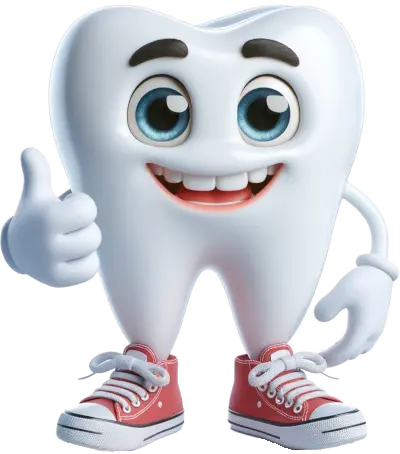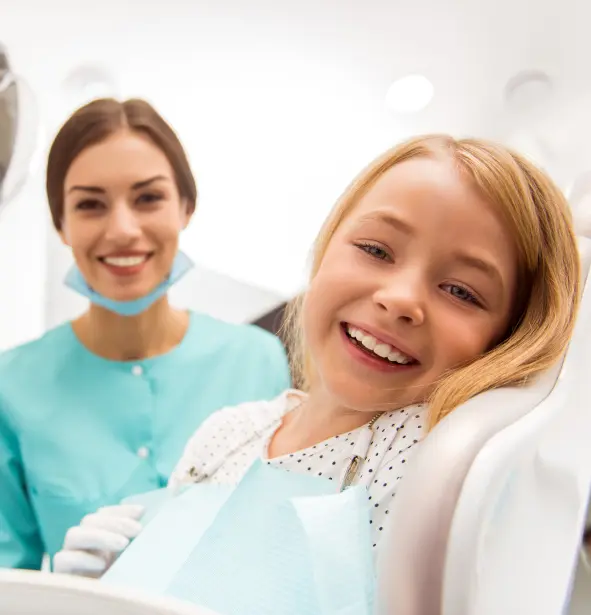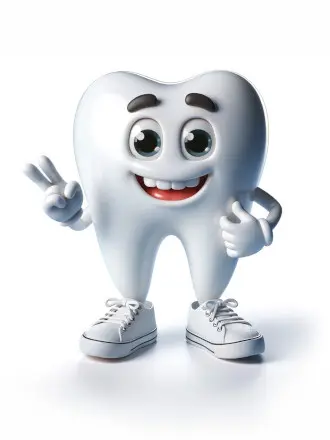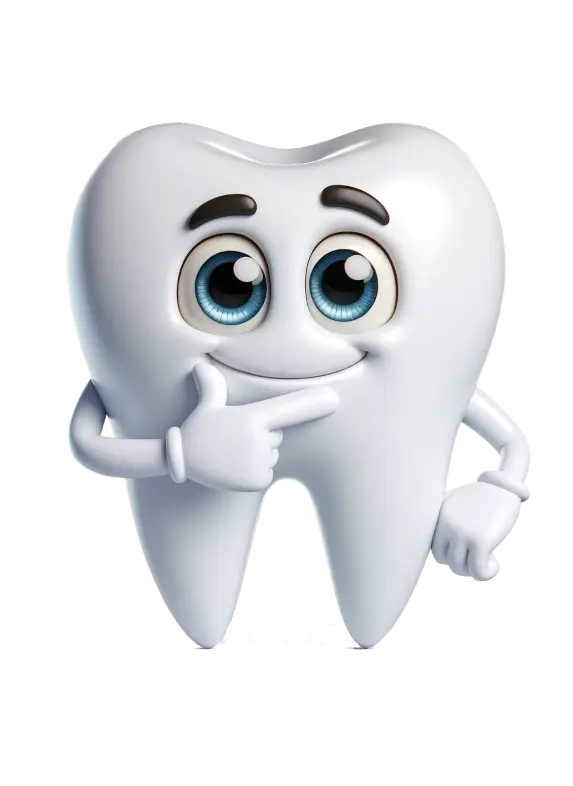

At Masterpiece Smiles Orthodontics, we proudly provide expert orthodontic care in Marietta, Kennesaw, and Cumming, Georgia. Led by Dr. Glenn Lewis, a trusted orthodontist with years of experience, we specialize in braces, Invisalign, and personalized treatments for all ages. Our passion is transforming smiles and enriching lives with compassionate, advanced care tailored to each patient's unique needs.
Curious about the difference between an orthodontist and a general dentist? Learn more here.
We believe a confident smile can change lives. At Masterpiece Smiles, it's not just about straightening teeth; it's about creating new opportunities and boosting self-esteem. With advanced technology like Invisalign aligners and custom-prescribed braces, paired with Dr. Lewis's patient-first approach, we ensure every visit is a step toward a healthier, brighter future. Trust, excellence, and commitment to care are the cornerstones of our practice.
From early evaluations for children to braces and Invisalign for teens and adults, Masterpiece Smiles Orthodontics has personalized solutions to fit every stage of life. Our expert team, led by Dr. Glenn Lewis, ensures high-quality care for every member of your family.

Early orthodontic evaluations (ages 7 and up) help identify and address issues before they worsen. Our child-focused treatments prevent complications and ensure a healthy, confident smile for years to come.

Braces and Invisalign for teens provide effective solutions for alignment and bite issues. Boost confidence during these critical years with treatment plans tailored to their busy lifestyles.

It's never too late to achieve a straight smile! Our discreet options, like Invisalign aligners and ceramic braces, make adult orthodontics more convenient and lifestyle-friendly.
Join our Masterpiece Smiles family today and embark on your journey to a healthier, more radiant smile. Whether you're considering braces, Invisalign, or seeking expert dental care, we provide personalized solutions tailored to your needs. Click below to request an appointment or a free consultation, and let us help you achieve the smile of your dreams.

At Masterpiece Smiles, we believe in creating individualized treatment plans just for you. Our experienced orthodontists take the time to understand your concerns, assess your unique needs, and tailor our approach to ensure the best outcomes for your smile and oral health.
Equipped with cutting-edge orthodontic technology, we offer 3D high-definition radiographic imaging and impression-free scanning. This allows us to provide precise diagnostics, efficient treatments, and a comfortable patient experience.
From traditional braces and Invisalign to specialized TMJ treatments and corrective jaw surgery, Masterpiece Smiles offers a comprehensive range of orthodontic services. We ensure you have access to the right treatment options, no matter your age or orthodontic needs.

Our office is dedicated to providing exceptional orthodontic care during the following hours:
Mon - Thurs: 8:00am - 5:00pm
Fri: 8:30am - 12:00pm
Sat - Sun: Closed

At Masterpiece Smiles, we offer a wide array of orthodontic services designed to meet the needs of patients of all ages. Whether you're interested in traditional braces, innovative Invisalign aligners, or specialized treatments for TMJ disorders and corrective jaw surgery, our expert team is here to provide personalized care using the latest technology. We are committed to helping you achieve your best smile with tailored solutions that fit your lifestyle and needs.
Your journey to a perfect smile begins with a detailed consultation. Our orthodontist, Dr. Glenn Lewis, will conduct a thorough evaluation using advanced imaging technology to understand your unique needs. We then discuss your treatment options, including the benefits and timelines, to help you make an informed decision. Schedule your appointment or free consultation today to get started!
Opting for Masterpiece Smiles means entrusting your smile to Dr. Glenn Lewis, a dedicated orthodontist who combines personalized care with advanced technology. Dr. Lewis is committed to crafting customized treatment plans for each patient, utilizing the latest orthodontic innovations for treatments ranging from traditional braces to Invisalign, as well as specialized care for TMJ disorders and corrective jaw surgery. With a focus on individual needs and the goal of achieving the best outcomes, Masterpiece Smiles ensures top-tier orthodontic care for patients of all ages.
